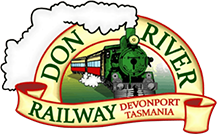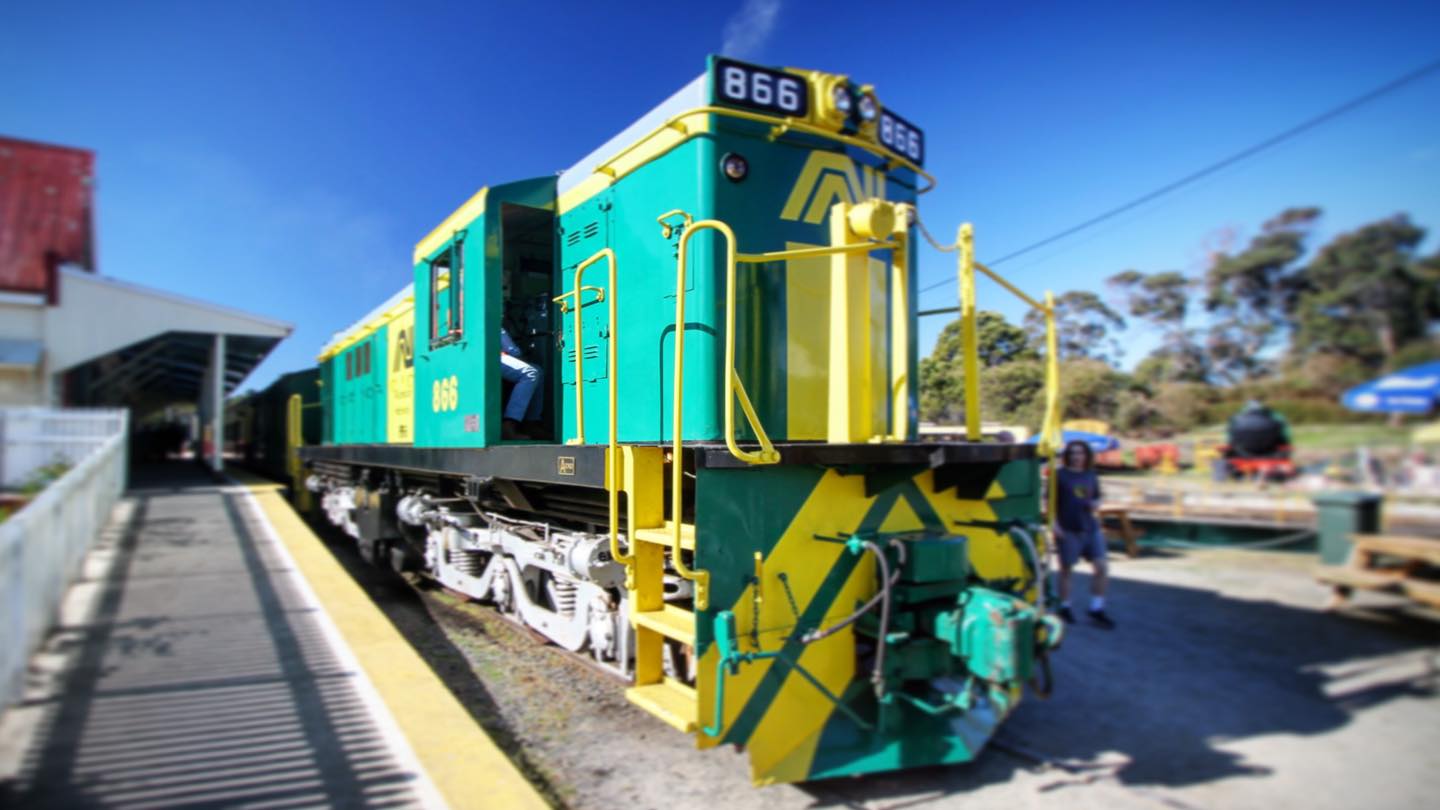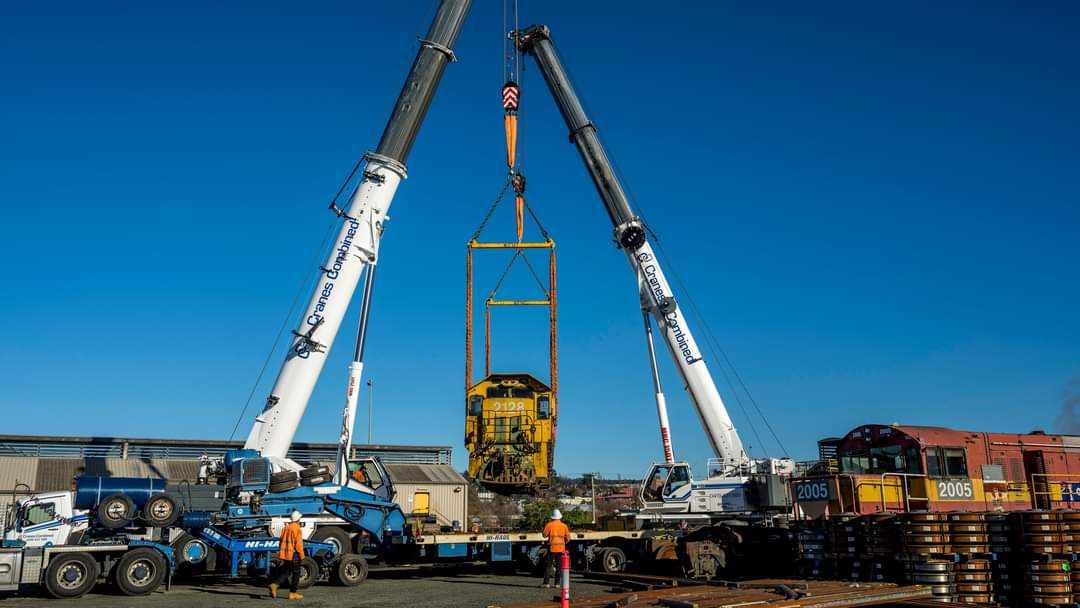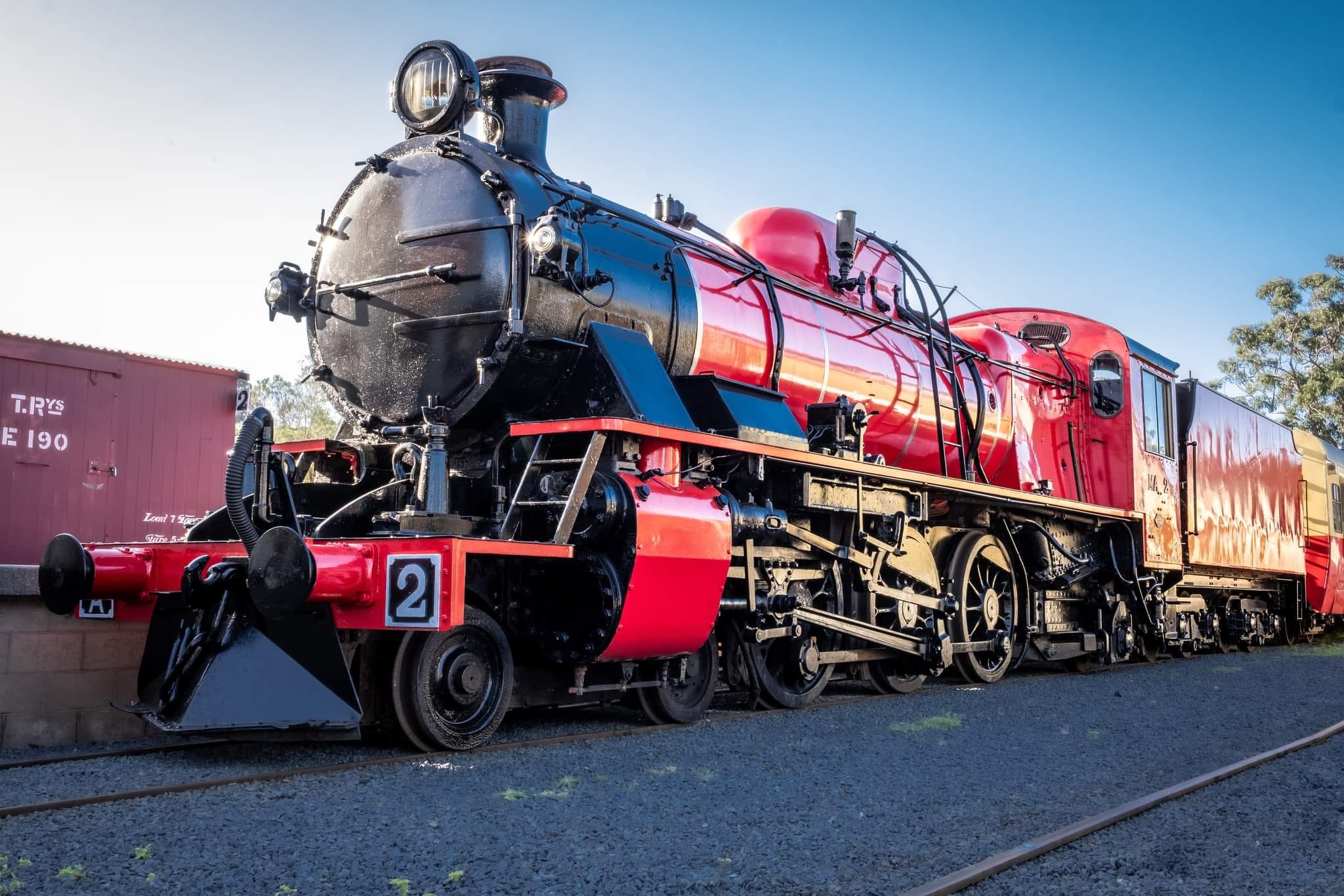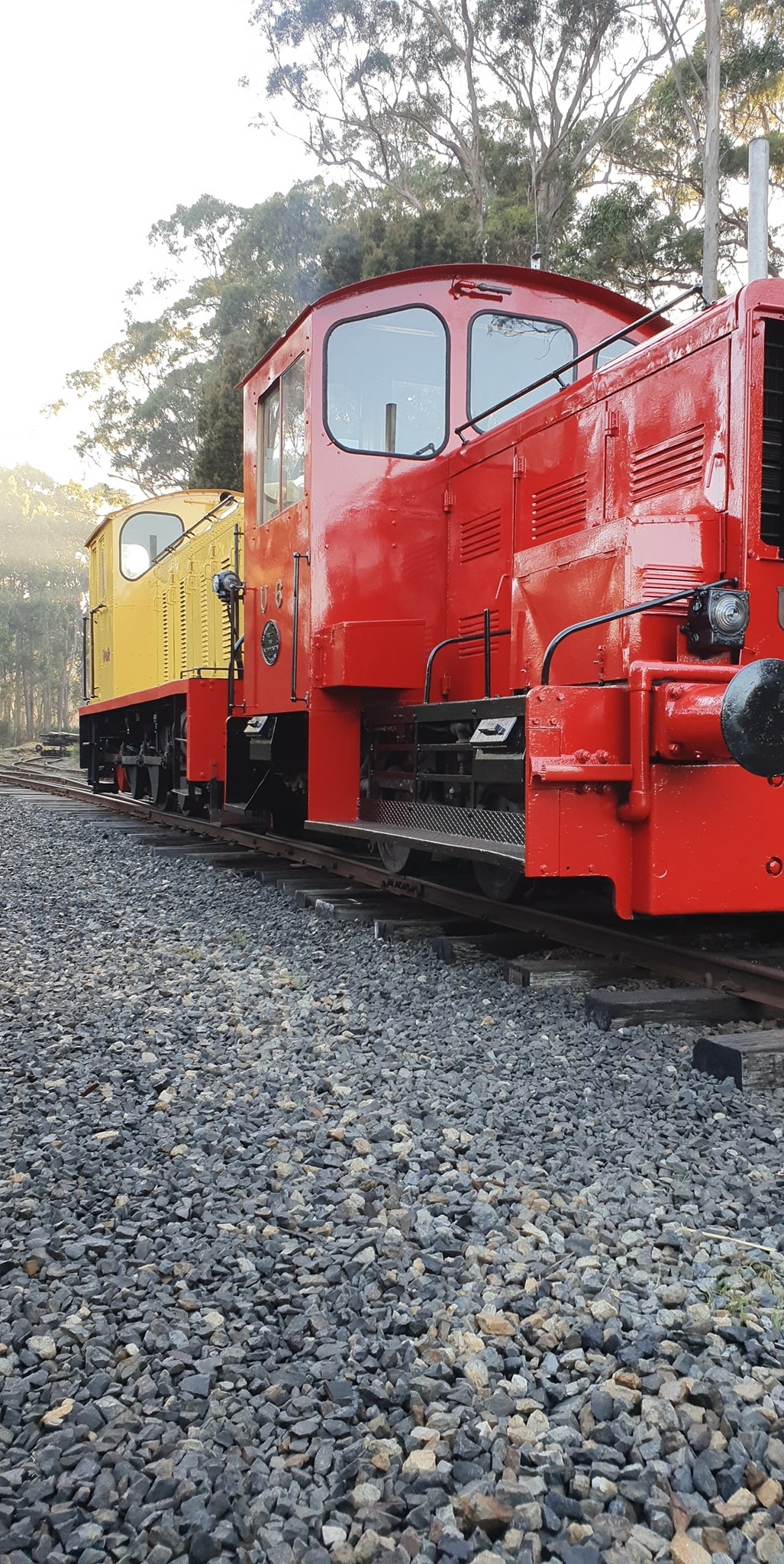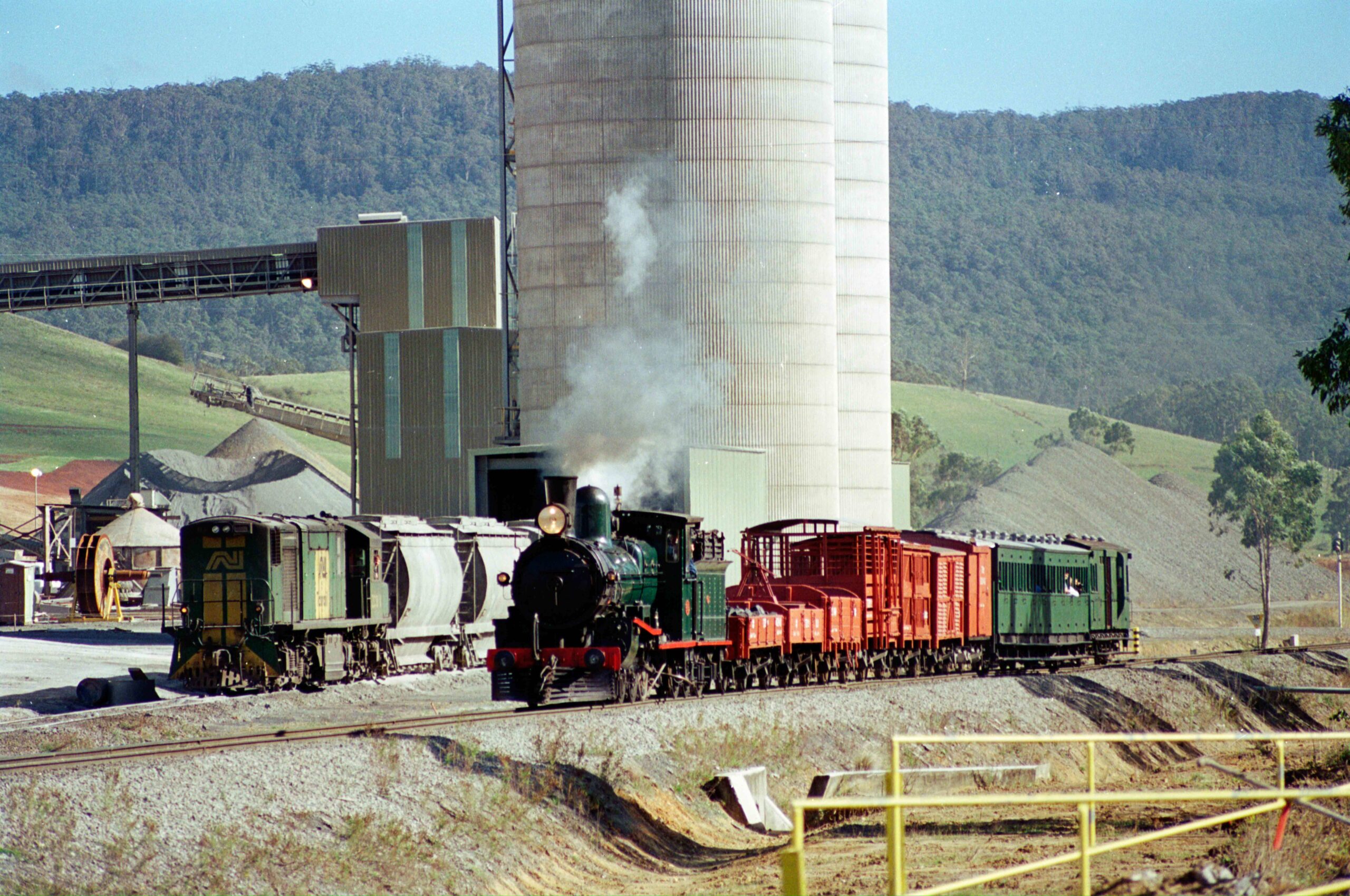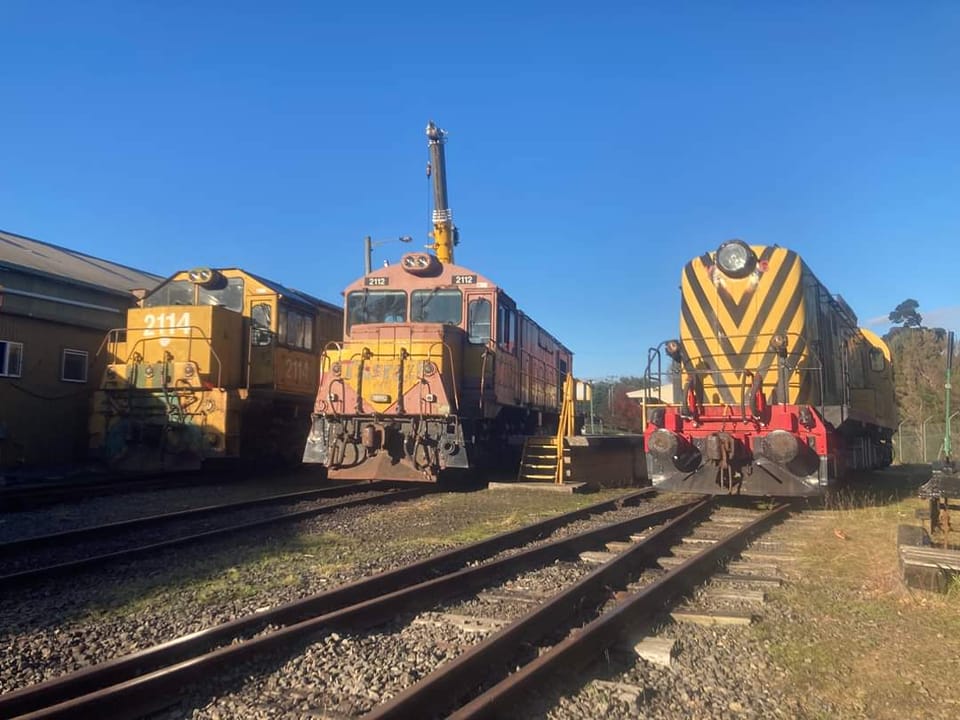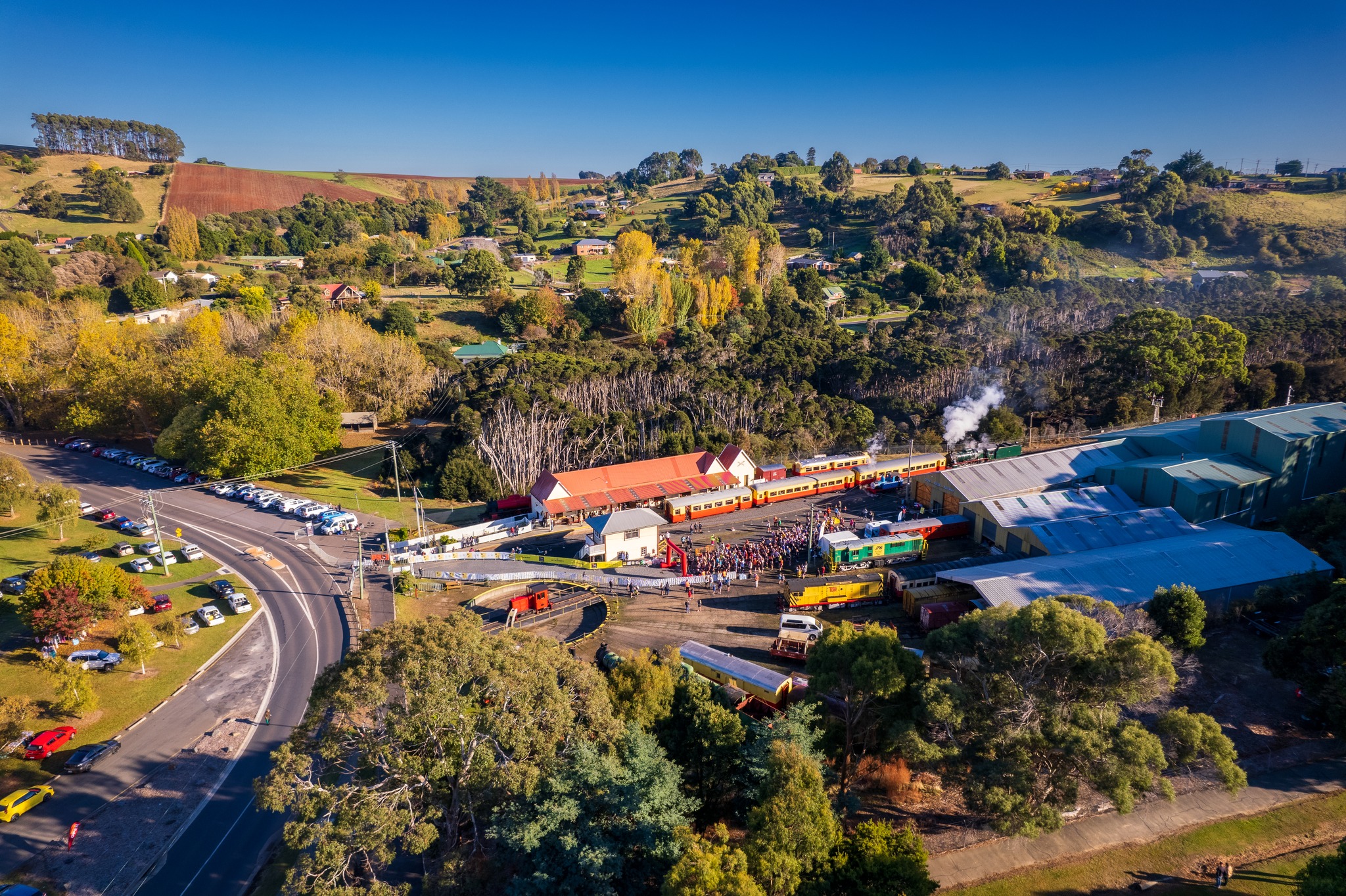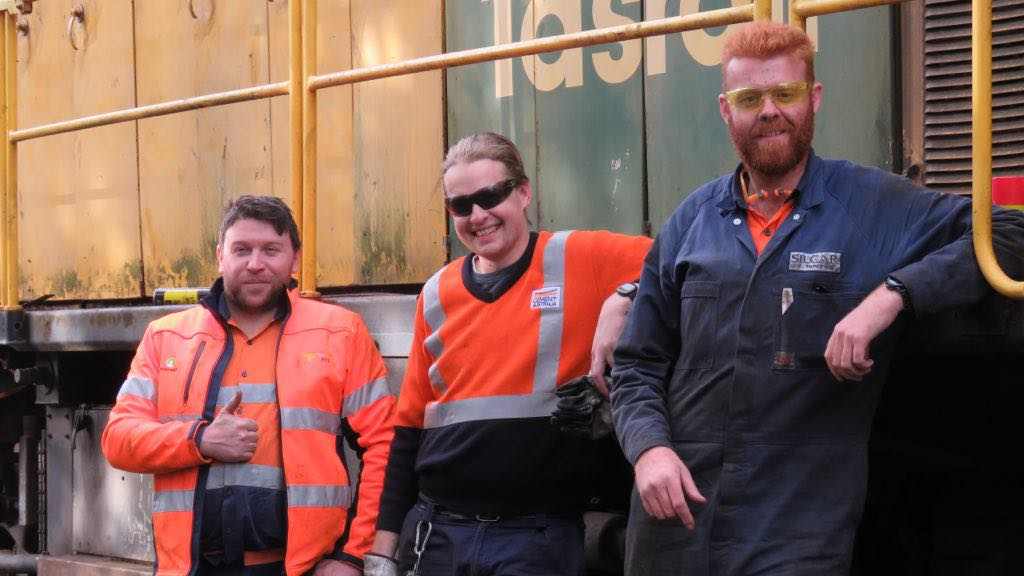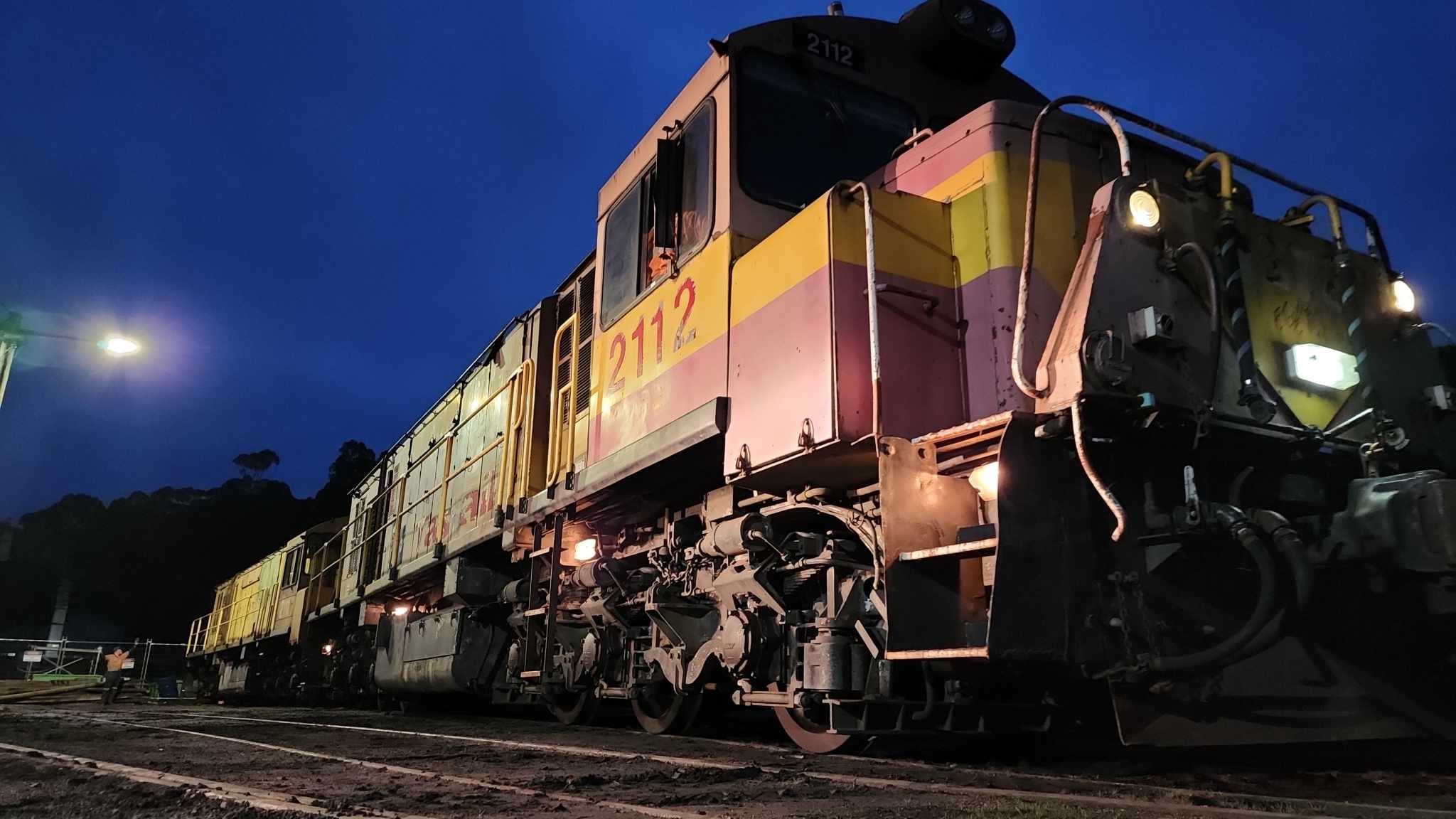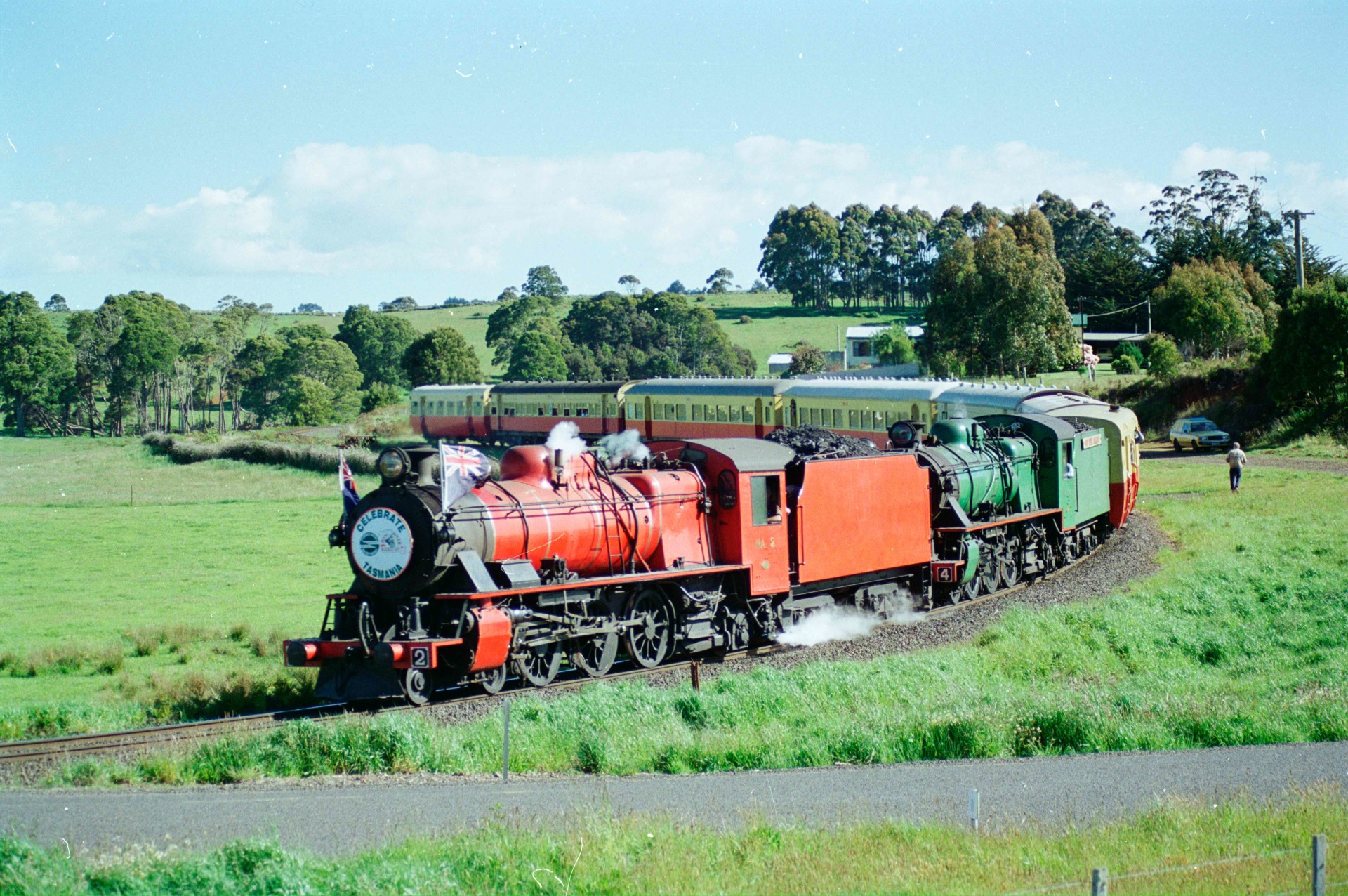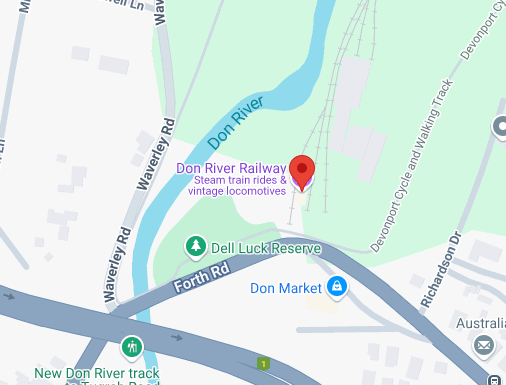ABOUT Don River Railway
Don River Railway is a not-for-profit organisation owned and operated by our members and volunteers and was established at Don in 1973 while the trains commenced operating in November 1976. Our achievements are the result of countless thousands of hours of voluntary labour provided by our members.
The train trip travels on the eastern bank of the the Don River to our junction in Coles Beach. On your return, spend some time and visit our museum and workshop. Our heritage locomotives and carriages are on display throughout the grounds and workshop.
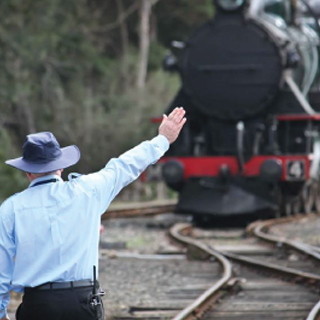
OUR History
In about 1854 a mill and wharf were built on the west bank of the River Don about 2km upstream from the Don Heads. To get the timber out of the bush a tramway was built up the valley and from 1862 the line also served a small coal mine, situated about 3km above the mill.
This tramway was replaced in 1873 when the Don River Company started to build a new line of 4’6” (approx. 1,137 mm) from the wharf, just inside the Don Heads, along the west bank of the river and up the valley. By May 1879 the tramway was completed to Barrington a distance of 21km from Don Heads.
As timber was removed pioneer farmers settled in the region and in 1873 a portable steam engine worked the railway. However, in 1884 the line was worked entirely by horses, although 11 of the 21km were then laid with iron rails. Timber supplies diminished and in the late 1880’s the tramway was abandoned.
In 1904, a royal commission considered the Don Valley as a route for a branch to the Sheffield district but decided in favour of a shorter line from Railton to Roland. The Don would probably never have seen another railway if Broken Hill Proprietary had not decided to work the large limestone deposits about 10km up the valley.
As the company planned to take a very large quantity of Limestone to supply its Newcastle steelworks with flux a railway was necessary to bring it down to Devonport and the government agreed to build a branch to the quarry site near the village of Melrose
Settler’s Further up the valley successfully asked for the line to be extended to Paloona, a more convenient point for landing produce. The public works department began work in 1915. The new line kept to the east bank of the Don the whole way Melrose unlike the old tramway, which crossed and re-crossed the river several times. Beyond Melrose, however the old formation was followed to Paloona. The line was opened on 27th May, 1916. Traffic from the quarries developed far beyond original expectations and reached a peak of 161,135 tons in 1926–1927, requiring the running of three or four trains from Devonport to Melrose and back each week day. Passenger and general goods traffic however were very light.
Between August 1922 and September 1923 the P.W.D. extended the line to Barrington but this section was uneconomic and was closed on 17th August, 1928. Regular services on the Melrose Paloona section appear to have ceased about this time and the section was officially closed on 16th July, 1935. Limestone traffic declined during the depression and increased to a peak of 279,161 tons in 1937–1938. Thereafter, it gradually declined and in 1947 B.H.P gave up taking stone from the quarries altogether. The line remained open for local traffic in agricultural lime but by 1957 there were only three trips per week. From 1955, the branch became even more uneconomic and complete closure took place in 1963. A year later the track was lifted between Melrose and Don Township crossing before the rebuilding of the Bass Highway. The remaining 3.5km of line back to Don Junction was left in place but became increasingly overgrown and derelict.
Based on an article by Mr. H.J.W. Stokes.
Have a question?
Contact our Event Manager Matt Goss on 6424 6335 or email us at events@donriverrailway.com.au.
